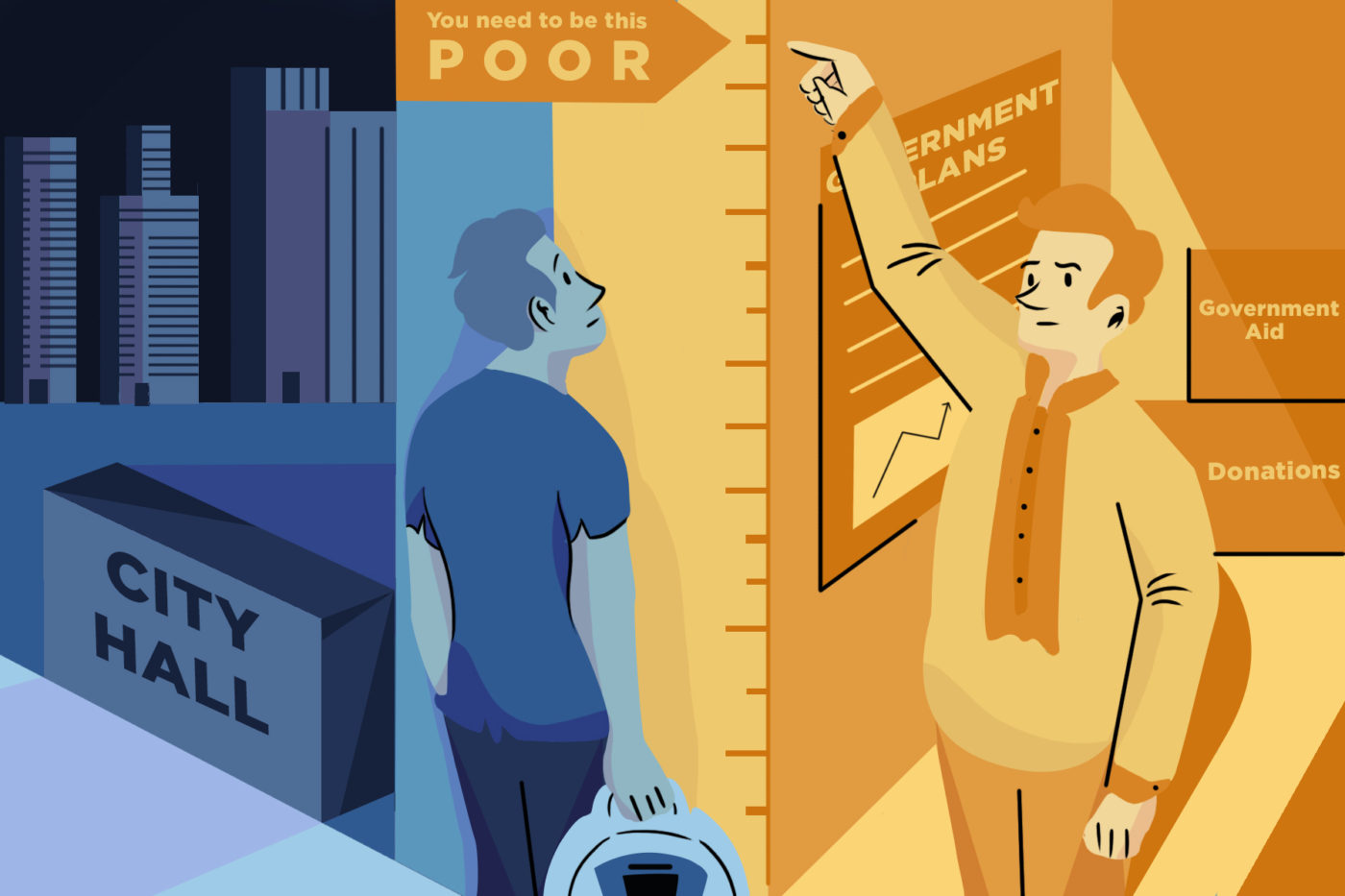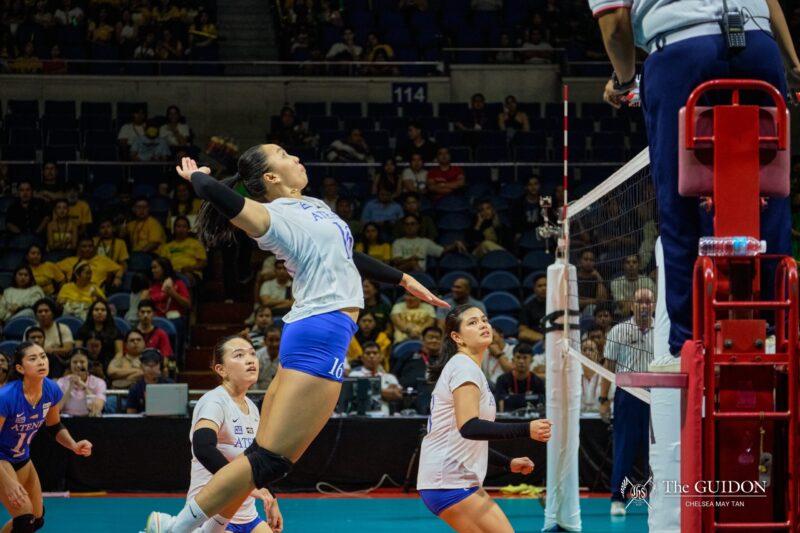In 2019, the Philippine Statistics Authority (PSA) and the National Economic Development Authority (NEDA) faced mixed reactions over the Php 10,481 poverty threshold used in its triennial poverty statistics. Since then, poverty measurement has become a topic of discussion both in civil society and the academe as economists and politicians have deemed these figures outdated and unrealistic.
More than just obscure statistics, poverty measurement has substantial implications for society; it could mean the difference between who receives government support and who does not. Thus, its definition and measurement is also a moral decision that may affect how the country approaches development and who gets left behind.
Disputed figures
Politicians have compared the poverty threshold to that of a prisoner’s life. Former senatorial candidate of the Katipunan ng Kamalayang Kayumanggi party Ding Generoso said, “Sa totoo lang, mahigit 20 milyong Pilipino ang bilanggo ng kahirapan; para na ring nakakulong (In truth, over 20 million Filipinos are imprisoned by poverty; it’s as if they are actually imprisoned).” He further explained that the figure is lower than the Bureau of Jail Management and Penology’s Php 60 daily food budget for inmates.
In defense, officials pointed out that the poverty threshold is well above the international metric for absolute poverty. However, economists from the World Bank (WB) stressed the need to redefine this. WB Chief Economist for the East Asia and Pacific Region Andrew Mason asserted, “A poverty line that is too low can lead to an inaccurate assessment of an individual’s ability to function in society in a socially acceptable manner.”
Similarly, the Philippine Institute for Development Studies pointed out that poverty can only be eradicated if its numbers are accurate. The institute has in turn called for the review of the PSA’s poverty measurement system and the national poverty threshold methodology through a recent study. Furthermore, the study questioned the usefulness of the current approach for setting the poverty threshold given that the Philippines has risen to a lower-middle income status.
Quantifying well-being
Beyond debates on poverty measurement, former President of the Philippine Statistical Association Jose Albert, PhD asserted that one out of five or approximately 21% of Filipinos are from families with incomes below Php 10,000 per month. This statistic not only reveals the inadequacy of the current poverty measurement, it also gives way to a discussion on the reality that a fifth of Filipinos face.
Meanwhile, Development Studies Professor Leland Dela Cruz, PhD emphasized the human experience behind poverty in the Philippines. “For most Filipinos, poverty is not a concept but is something that is lived…people live through the multidimensionality of poverty.” He further explained that the word kahirapan is more descriptive of the Filipino conceptualization of poverty, where the poor views the experience thereof parallel to the difficulty of life. Poverty then is not just confined to levels of income, but also to people’s living conditions.
The United Nations Development Program (UNDP) has also advanced the discussion on redefining and creating a broader meaning for poverty through its attempt to create a global multidimensional poverty index (MPI) in 2018. The UNDP asserts the need for nonmonetary metrics to understand differences in other aspects of human development and the processes that lead to them.
Progress in development
With heightening calls for a broader meaning of poverty, the need for refined metrics is aggravated by the COVID-19 pandemic and the looming economic recession. This has led experts to recognize the economic insecurities the population confronts. While the poor are burdened with the possibility of being trapped in poverty, individuals who are above the poverty threshold remain vulnerable.
Ultimately, if the Philippine government hopes to remain faithful to its commitment to the sustainable development goals and its ambition to end poverty, it may need to adopt a non-monetary approach to define the poverty threshold. Nevertheless, there is a silver lining: The PSA has taken initial steps to better capture the aspects of poverty with the launch of the national MPI in 2018. With this, the agency continues to recognize that there is an increasing necessity to revamp the poverty threshold.
Dela Cruz states that ultimately, “data is data and politics is politics; whether or not politicians will utilize the data is another question entirely.” Yet, with the PSA’s move to redefine and recompute the poverty threshold, it seems that the conversation on poverty statistics is shifting towards a more inclusive understanding of the multidimensional aspects thereof. Looking towards the future, the decisions government will make on the 2021 poverty statistics may prove to be a critical juncture for Philippine development and perhaps even the first steps towards a more equitable society.




